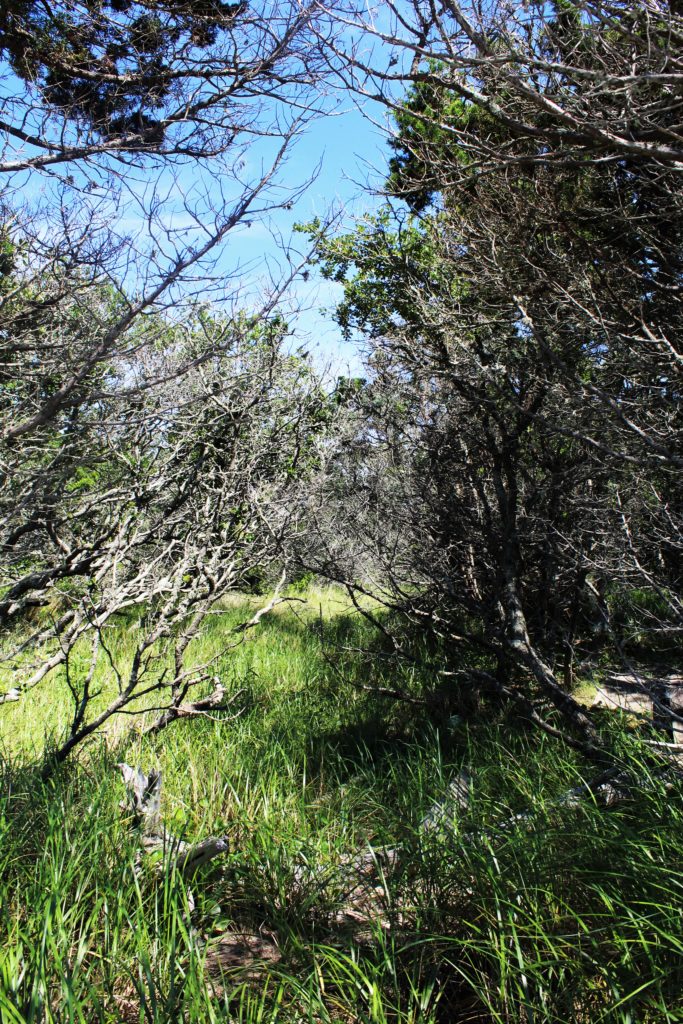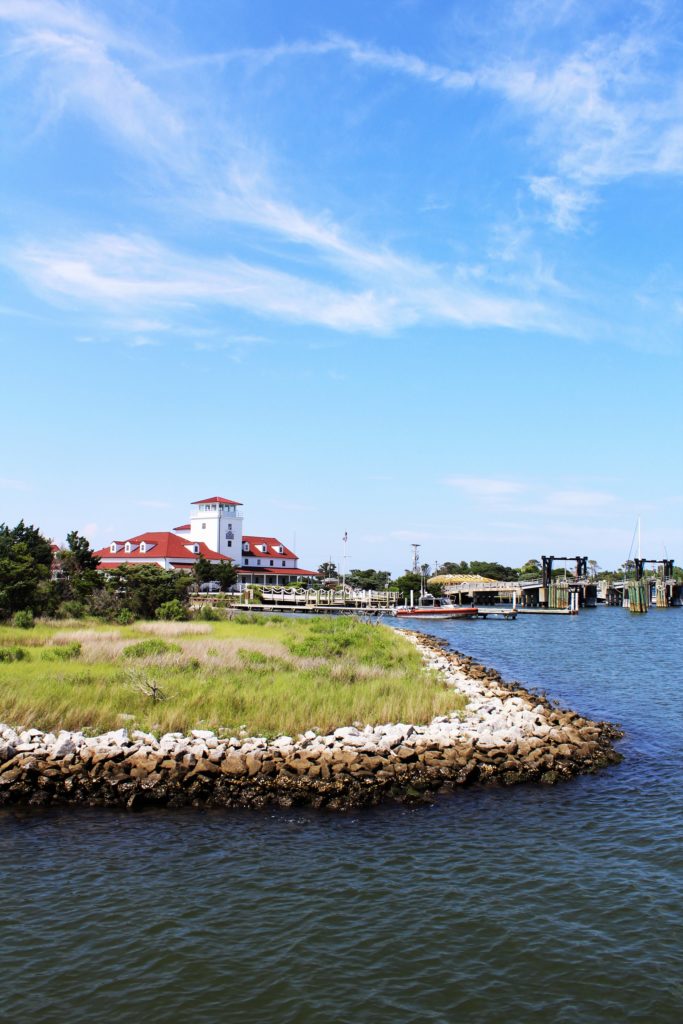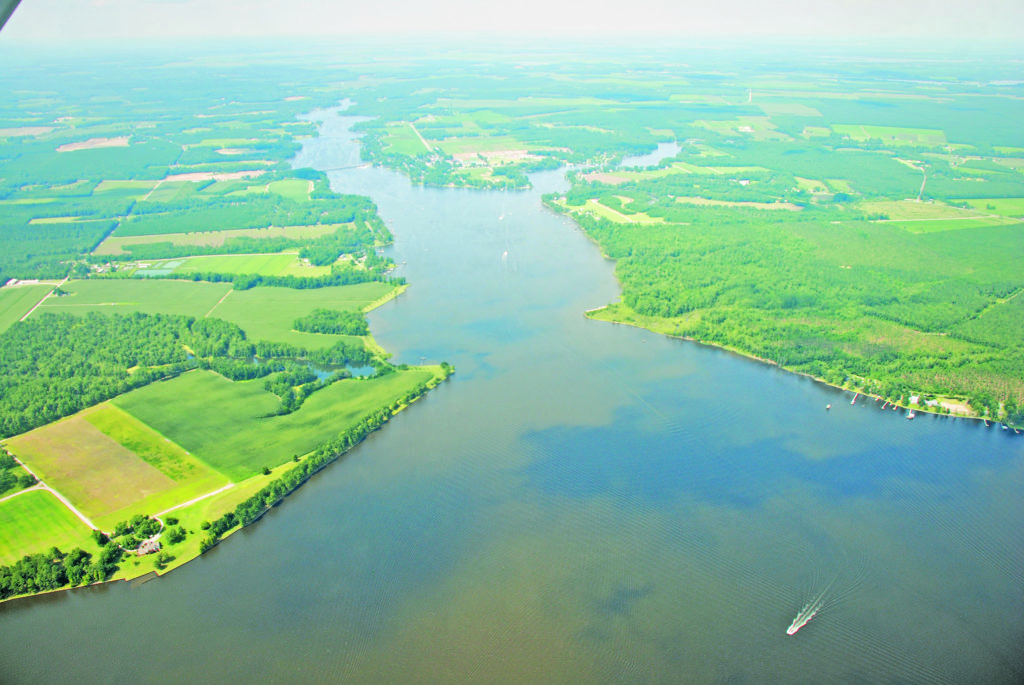Headed to the coast this summer? These four towns offer sandy shores and beautiful vistas — plus, some Blackbeard lore.
by WALTER Staff


North Carolina has long been known as a haunt for pirates during Colonial times. While some of those stories may be exaggerated, these sites along the North Carolina coast offer opportunities to learn more about Blackbeard — and may serve as a jumping-off point for your own pirate research.
OCRACOKE ISLAND
Ocracoke Island is probably the spot most famously associated with Blackbeard. It’s said to have been popular with pirates for its maritime forest, Springer’s Point, which faces the Pamlico Sound to offer seclusion and fresh well water. It’s also where Blackbeard would take his final breaths, in a battle with the Royal Navy in 1718. Today, it’s a nature preserve that’s accessible to the public with trails, sandy beaches on the sound side and tranquil live oak trees. And there’s a well that likely funnels the same fresh water today as it did 300 years ago. “There is little doubt that this well is the same source of fresh water depicted on John Lawson’s map of 1709 and Edward Moseley’s map of 1733,” says Duffus. “The bricks were added in the 1850s.”
MONEY ISLAND
It’s long been believed that Money Island, a spot off the mouth of Bradley Creek in Wilmington, was a hiding spot for pirate treasure. As the story goes, the pirate Captain William Kidd left several chests of gold here in the late 1600s — but later tellings swap Blackbeard’s name for Kidd’s. Either way, Duffus says, that story is likely fictional and can be traced to the 1908 novel Money Island by Andrew J. Howell, Jr. “Howell’s story was clearly a work of fiction; Captain Kidd never landed on North Carolina soil,” Duffus says. “But in 1926, a reporter for The Charlotte Observer wrote a column about the ongoing mystery of the location of Kidd’s treasure on Money Island.” Today, the small island is only accessible by boat or paddle board, but it still offers a lovely ocean escape, plus treasure in the form of seashells along its shore.

BATH
Situated along the Pamlico River, Bath is the oldest town in North Carolina. It’s here, Duffus hypoth- esizes, that Blackbeard — whose real name may have been Edward Thatch or Edward Teach — lived before his days as a pirate. “Blackbeard had close relation- ships with locals and extensive knowledge of the shallow waterways leading from the ocean to the town, which leads me to think he lived here as a youth,” says Duffus. Today, the town has a population of little more than 200 people, but still houses the colonial- era St. Thomas Episcopal Church (built in 1734, it’s the oldest church building in the state), views of the Pamlico Sound and a historical marker claiming that Blackbeard lived there.
BEAUFORT INLET
Legend holds that Blackbeard spent time in this charming town along Taylors Creek, specifically in its oldest home, the Hammock House — and even that it’s haunted by the ghost of a woman Blackbeard hanged here. While that’s probably not true, this area and the waterways near it have a strong connection to Blackbeard’s story: In June of 1718, Blackbeard wrecked the Queen Anne’s Revenge in the Beaufort Inlet, and it was discovered there in the late 1990s. Visit the nearby Maritime Museum on Front Street in downtown Beaufort to see artifacts from the ship itself.
__
This article originally appeared in the July 2022 issue of WALTER Magazine



